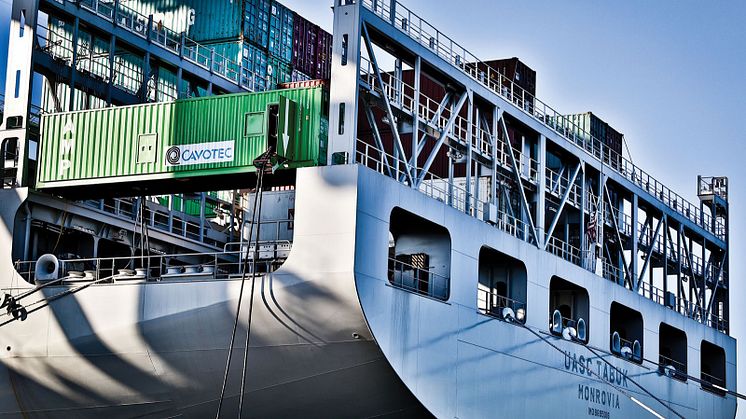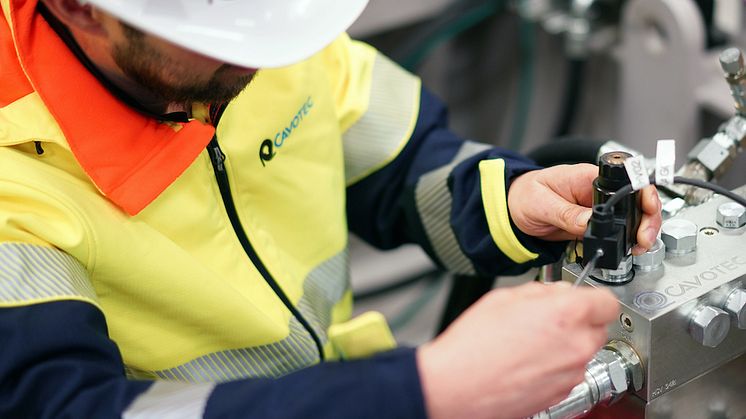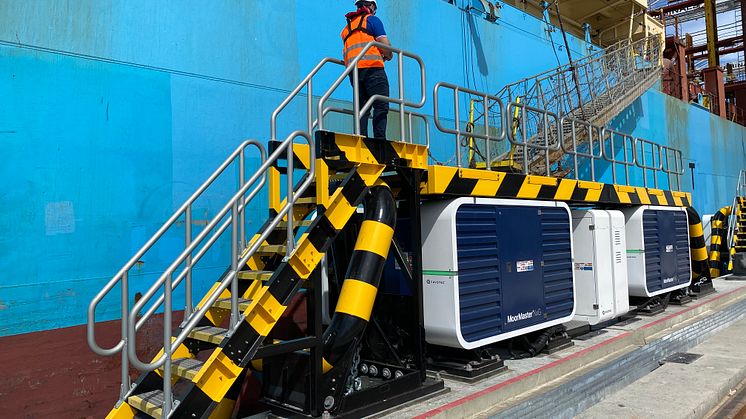
Blog post -
Sweden’s next generation vacuum mooring and shore power connection enter service in Stockholm
Sweden’s first MoorMaster NxG vacuum mooring system officially entered service last week, paving the way for significant safety, operational and sustainability gains. The system, at Port of Kapellskär, part of Ports of Stockholm, is now being used with Finnlines’ new-build Ro/Pax passenger and freight vessel, Finnsirius.
MoorMaster eliminates the need for hazardous mooring lines with automated vacuum pads that moor and release vessels in seconds at the push of a button. The system is in use at a wide variety of applications all over the world including container handling, ferry, and bulk terminals.
MoorMaster NxG has already entered service at a number of sites, but the Kapellskär application is the first of its kind in Sweden.
The system at Kapellskär is being used to moor the brand-new Finnsirius, which recently won the Ferry Shipping Summit’s Ro/Pax of the Year award, and that operates the Kapellskär – Långnäs – Naantali (Finland) route. The system moors and releases the vessel in less than 30 and 15 seconds, respectively.
“[The] vacuum technology improves sustainability by providing a safer working environment and reduced environmental impact,” says Johan Wallén, Chief Commercial Officer at Ports of Stockholm.
Using MoorMaster enables ships engines’ to be shut off sooner after arrival in port, resulting in significant fuel savings and reduced NOx and CO2 emissions and noise reductions – benefits that are increased further with connection to shore power using Cavotec’s PowerReach solution, which has also been installed at the Kapellskär berth.
Cavotec provides shore- and ship-based shore power connection systems for customers all over the world. Ports of Stockholm first provided onshore power connection for vessels in the 1980s and all of its ports are now equipped with shore power connection facilities.
Now installed together at Kapellskär, this joint MoorMaster NxG and PowerReach application provides an example of how ports and shipping lines are able to make their operations safer, more efficient and more sustainable.






